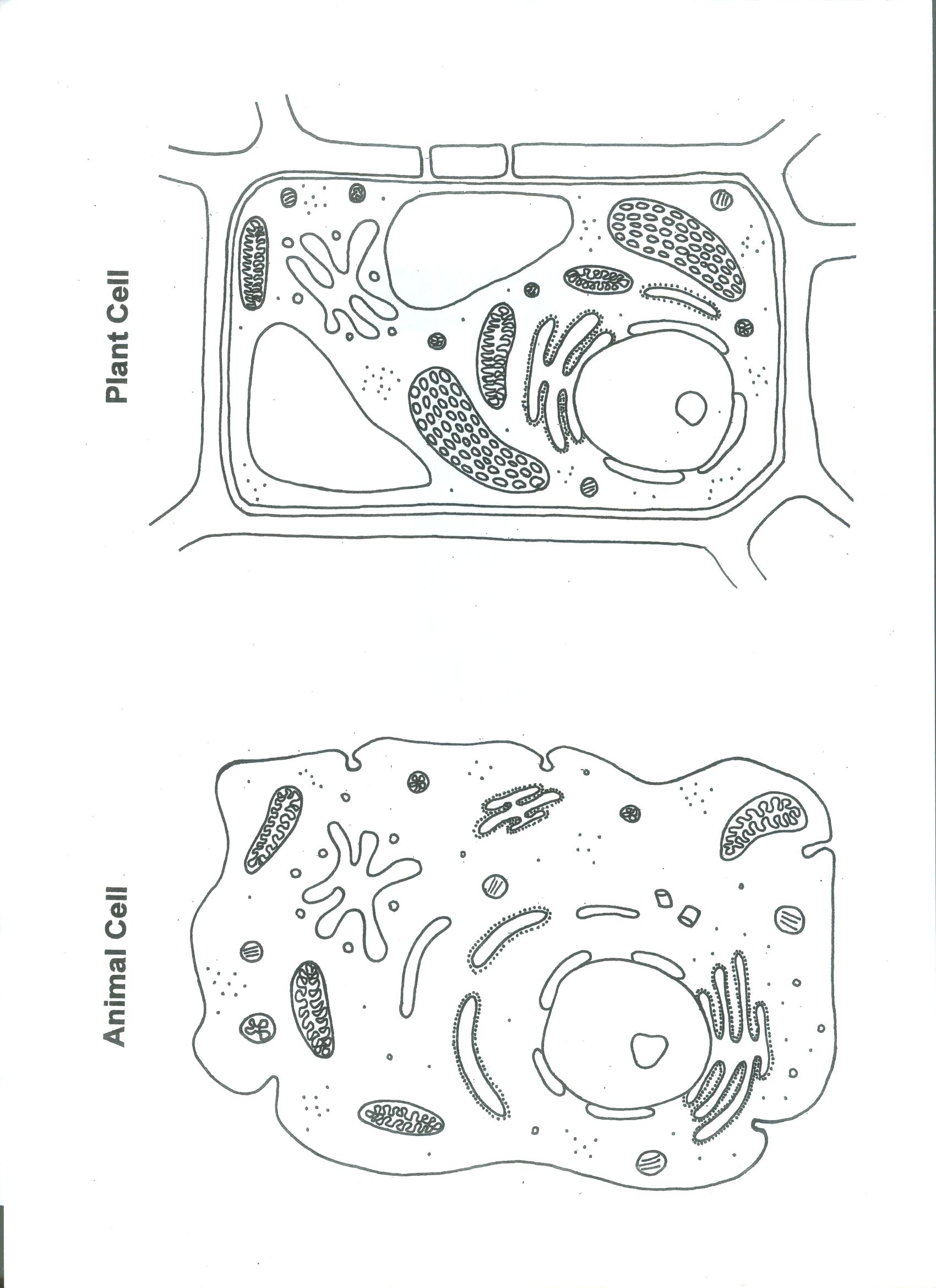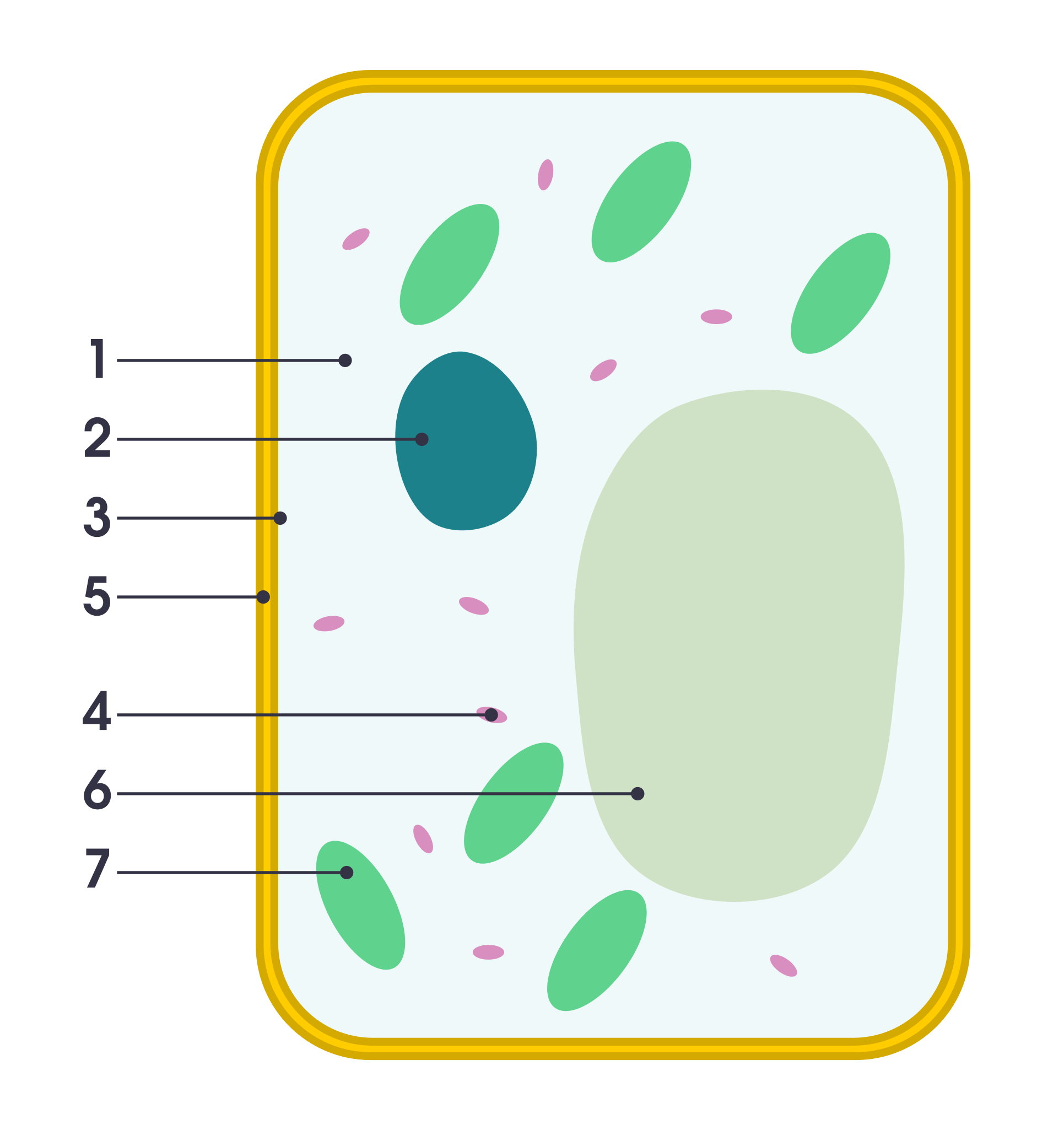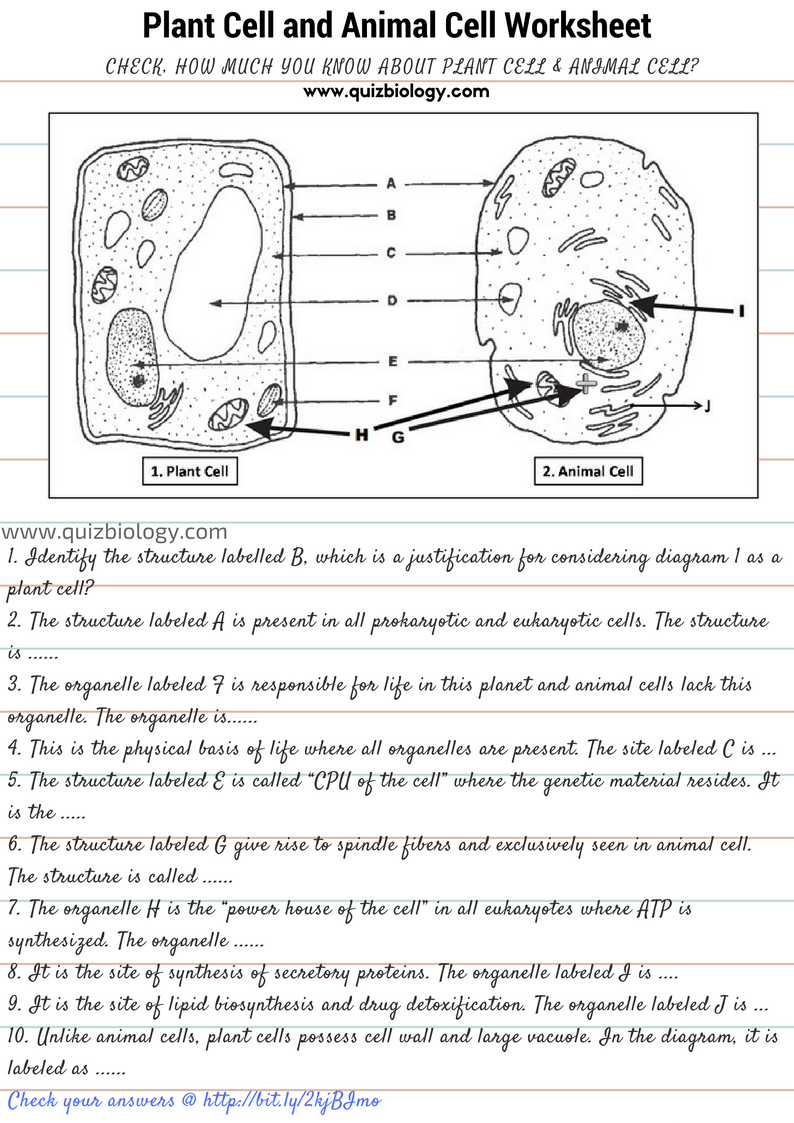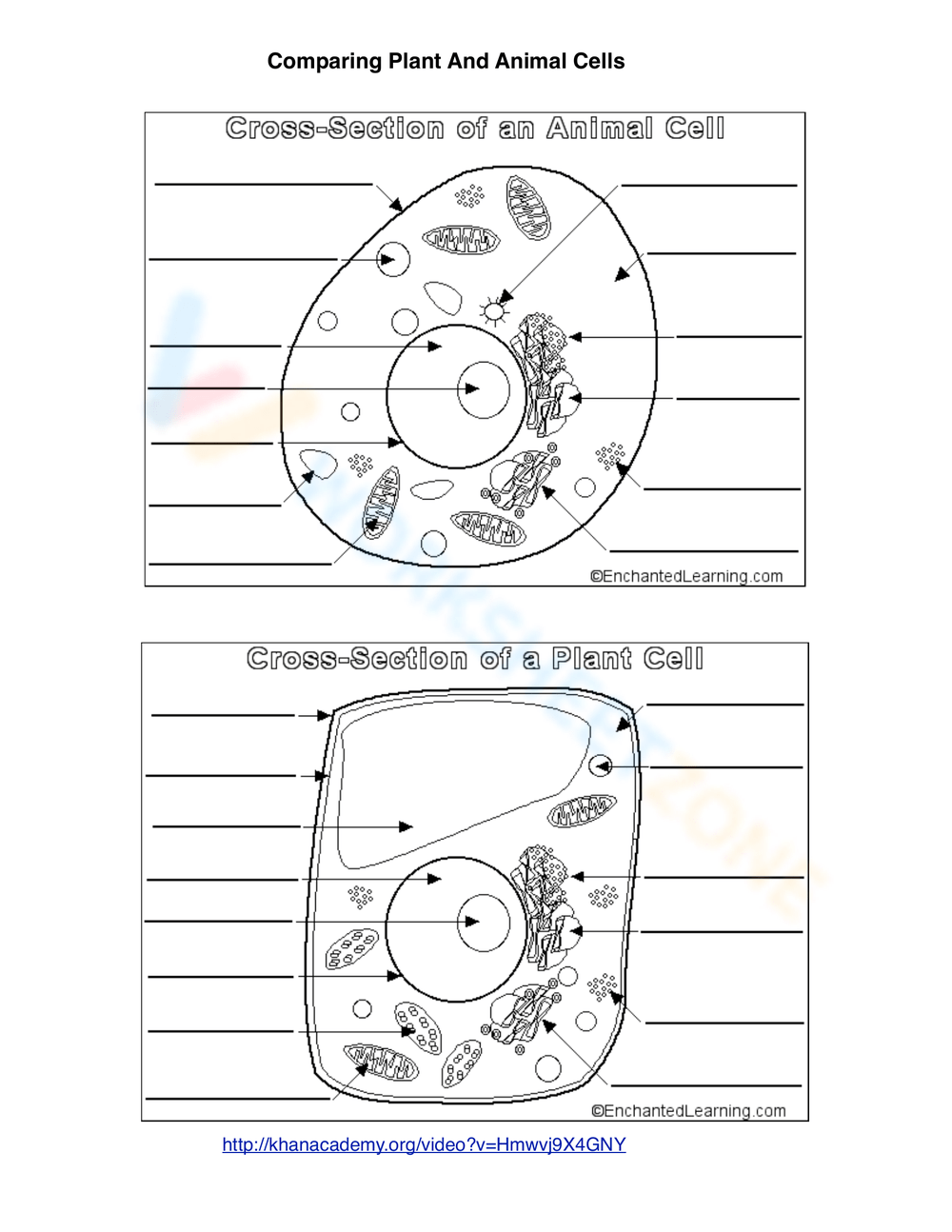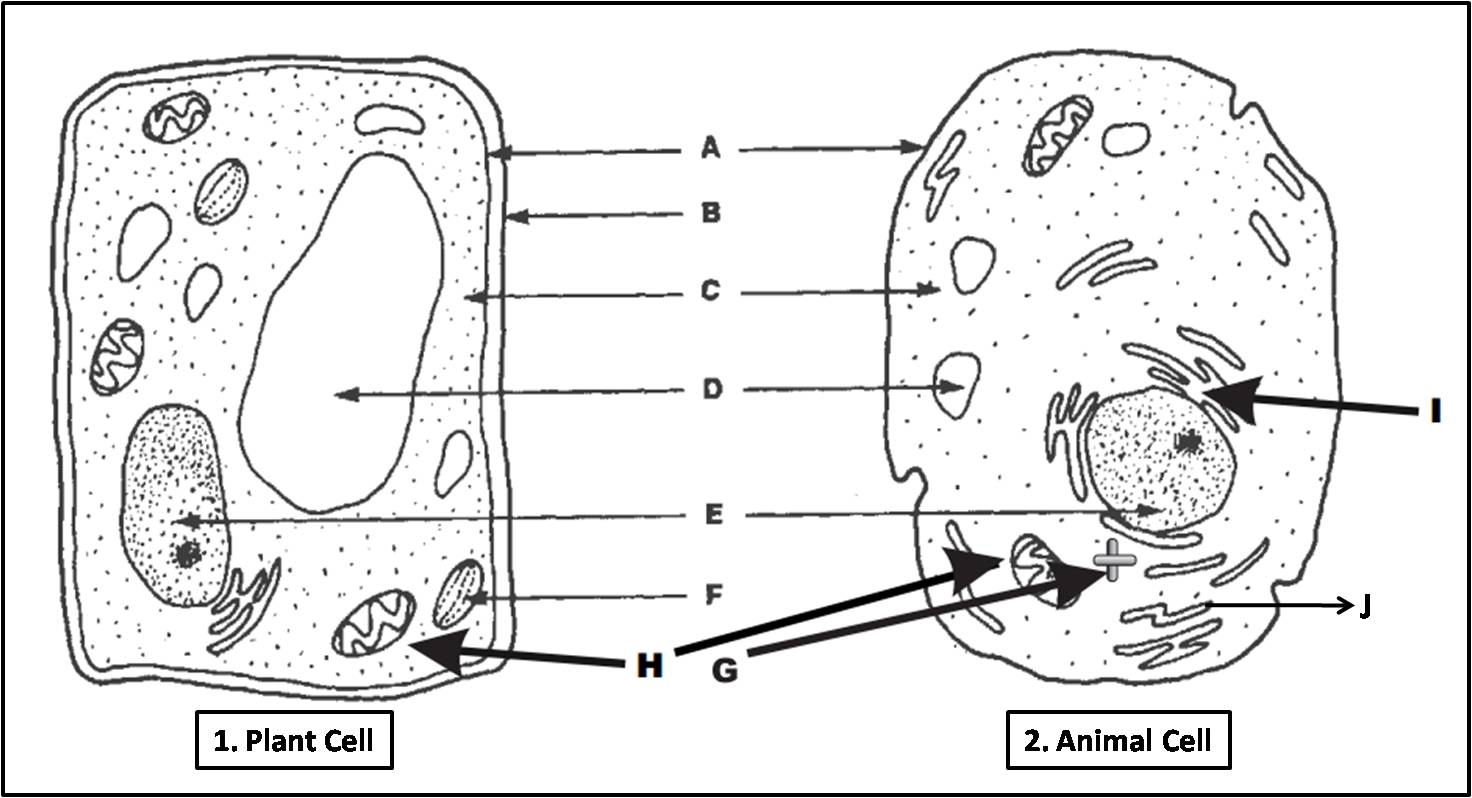Learning about the differences between animal and plant cells can be both fun and educational. By using a blank diagram, you can easily visualize the key features of each type of cell. Let’s explore the similarities and differences!
Animal and plant cells have many similarities, such as a nucleus, mitochondria, and Golgi apparatus. However, they also have distinct differences, like the presence of a cell wall in plant cells and centrioles in animal cells. A blank diagram can help you identify these unique characteristics.
Animal And Plant Cell Blank Diagram
Animal And Plant Cell Blank Diagram
When using a blank diagram to compare animal and plant cells, you can label each organelle and structure to understand their functions better. For example, you can highlight the chloroplasts in plant cells responsible for photosynthesis or the lysosomes in animal cells that aid in digestion.
Furthermore, by coloring different parts of the diagram, you can visually distinguish between animal and plant cells. For instance, you can color the cell wall green in a plant cell and the centrioles red in an animal cell to make them stand out.
Overall, utilizing a blank diagram to study animal and plant cells can make the learning process more engaging and interactive. It allows you to actively participate in identifying and understanding the components of each cell type, leading to a deeper comprehension of biology concepts.
In conclusion, exploring the differences between animal and plant cells through a blank diagram is a fantastic way to enhance your knowledge of cellular biology. So grab a pencil, get creative with your labeling and coloring, and dive into the fascinating world of cells!
File Simple Diagram Of Plant Cell numbers svg Wikimedia Commons
Plant Cell And Animal Cell Diagram Worksheet PDF
Grade 8 Animal Cell Worksheets 2025
Plant Cell And Animal Cell Diagram Quiz
